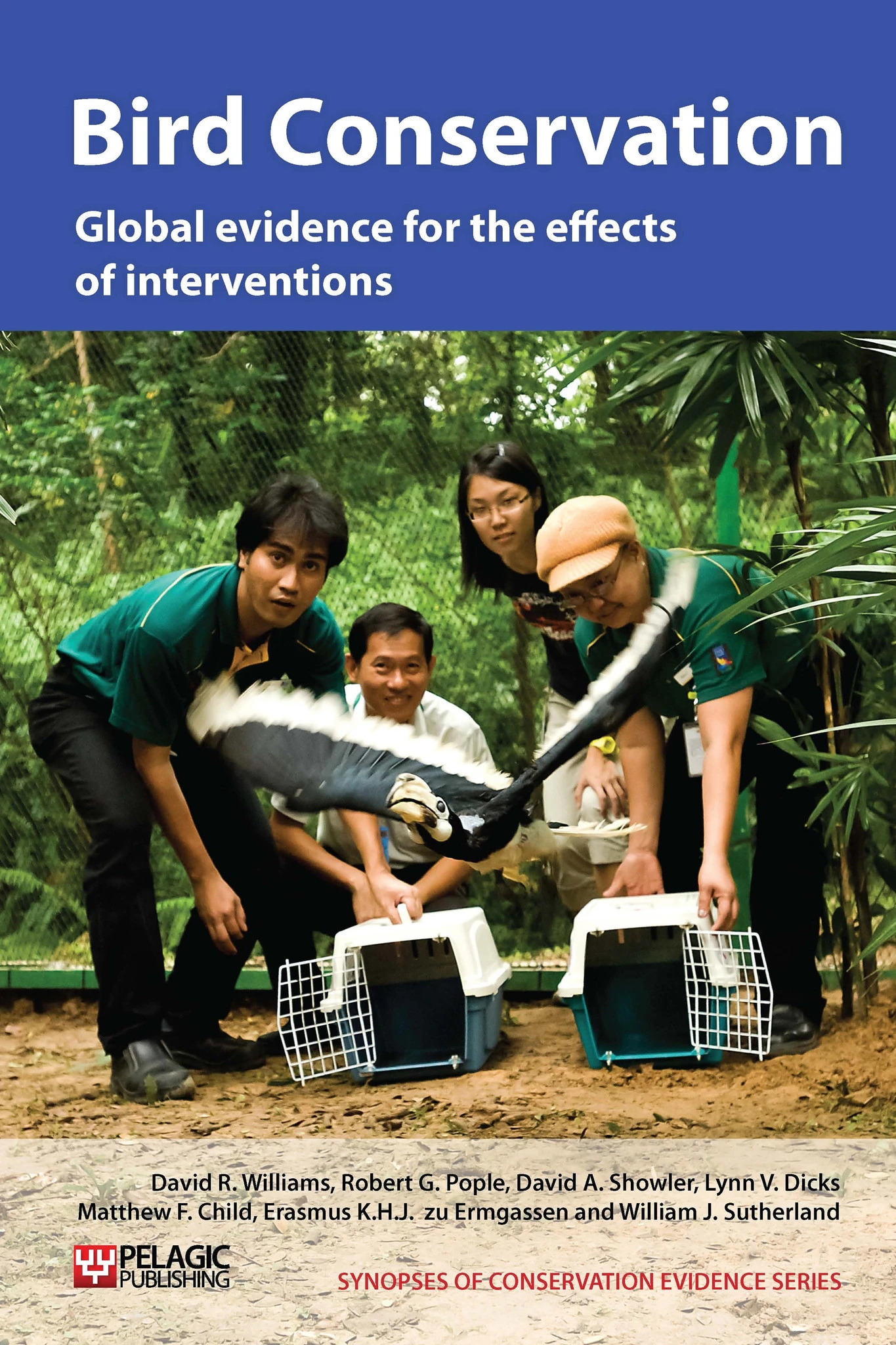Provide supplementary food for wildfowl to increase adult survival
-
Overall effectiveness category Unknown effectiveness (limited evidence)
-
Number of studies: 2
View assessment score
Hide assessment score
How is the evidence assessed?
-
Effectiveness
14% -
Certainty
15% -
Harms
0%
Study locations
Supporting evidence from individual studies
A randomised, replicated and controlled trial at Karrak Lake in Northwest Territories, Canada, (Gloutney et al. 1999) found that female lesser snow geese Chen caerulescens caerulescens and Ross’s geese C. rossii used supplementary food to different extents during incubation and showed different physiological responses to food. However, both males and females of both species were either heavier, had heavier hearts, more body fat or larger flight muscles when fed, compared to unfed controls. Differences were apparent both after laying and at the end of incubation. Between 250 g and 400 g of cracked and whole corn, durum wheat or shelled rice was provided each day.
Study and other actions testedA study in a wetland reserve in Northern Ireland (McGeehan 2005) found that mallards Anas platyrhynchos were attracted to, and ate, ‘Wildbird Mix’ seeds provided. However, they dominated and excluded other species, so the mix was replaced with white millet seed. This was too small for mallard to eat, and so other species such as wigeon A. penelope and teal A. crecca were able to feed. The reaction of waders to the same feeding activity is discussed in ‘Provide supplementary food to increase adult survival – Waders’.
Study and other actions tested
Where has this evidence come from?
List of journals searched by synopsis
All the journals searched for all synopses
This Action forms part of the Action Synopsis:
Bird Conservation
Bird Conservation - Published 2013
Bird Synopsis





)_2023.JPG)














